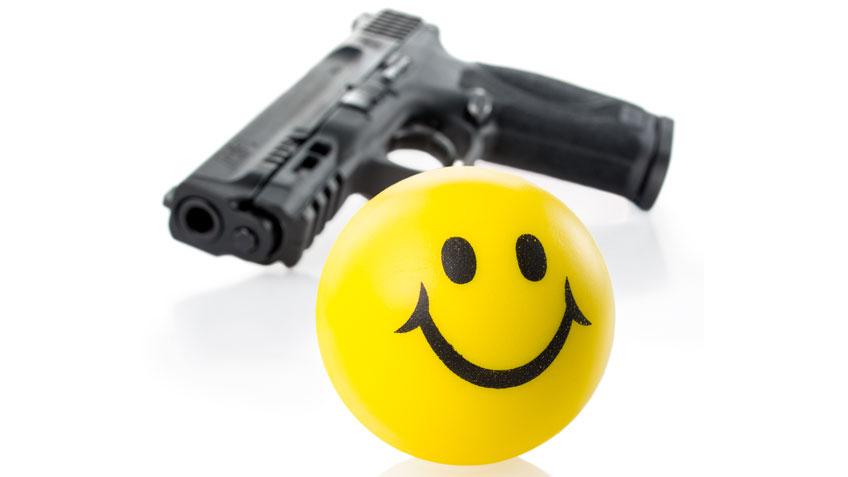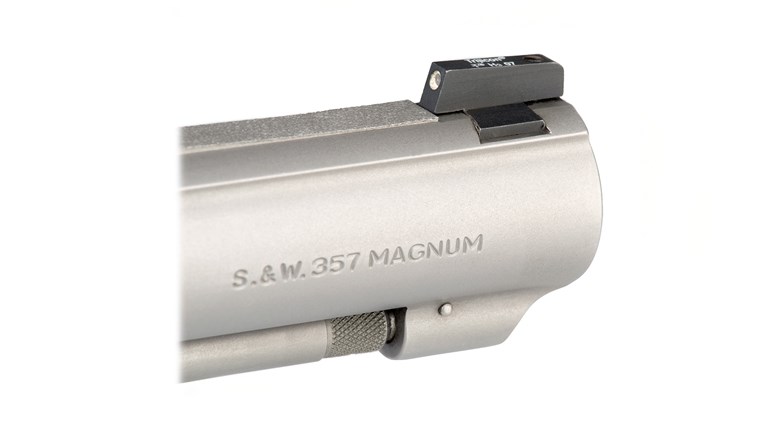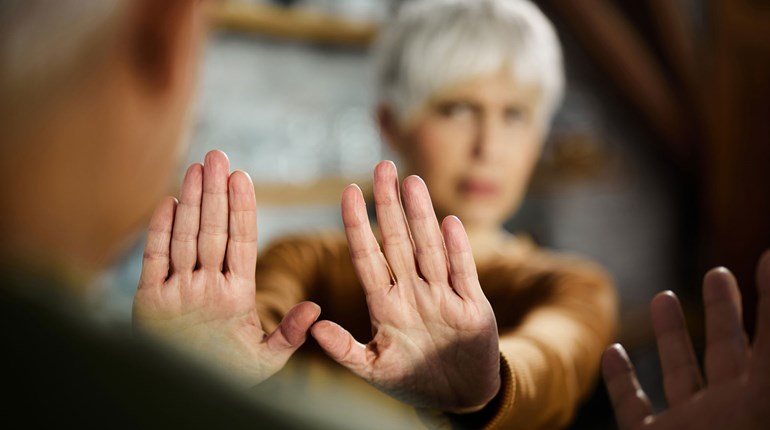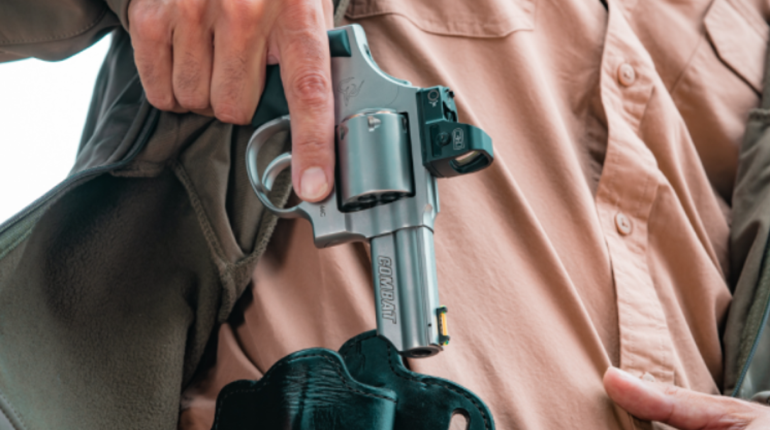
The Problem:
Learning to shoot better groups is not about your skill and/or ability. Quite the contrary, your equipment is adequate for the goals you have set for yourself and your ability in practice is sufficient to win the matches on any given day.
Rather, the difficulty stems from an inability to perform when the stakes are high or to use your equipment and proven performance in practice. What is an otherwise present and effective skill set seems to escape you every time you enter a event. During competition, you feel nervous, make stupid mistakes, get easily distracted and encounter a perpetual series of potential roadblocks that inevitably stand in the way of winning. Sometimes, even though practice went well, you want to pack up and go home before getting called to the firing line during a match.
When you do get called, your heart is beating so hard it seems only gross motor skills are left to your access. What’s the solution to successfully overcoming the curse of not being able to utilize your proven skills under stress?
The Solution:
Volumes have been written by many great shooters and competitors about minimizing stress and self-induced pressure in a variety of competitive disciplines as well as in situations of self-defense. There are many techniques that have been used successfully to shoot better groups. All are valid because they have worked at one time or another, however, not all will be ideal for every possible circumstance.
As a former competitor and coach in multiple disciplines at the higher levels of shooting, I can share a few things that have worked for me and the folks I have had the pleasure seeing rise to greatness individually and as teammates on the national and international stages. Above all, you must have confidence in your equipment. If there is any doubt about your gun, ammunition or support equipment, it will haunt you in the most critical moments of performance.
In competition, personal defense or any other situation where the stakes are high, you owe it to yourself to have the best tools you can afford and be able to use them on demand in a manner in which success in your endeavors is likely. Validating the equipment through trial and testing is essential so there is never any doubt in your equipment as to why an errant shot unexpectedly presented itself.
Practicing in match conditions helps diagnose flaws in your delivery system and builds confidence in your ability to perform shoot better groups. It also helps to form a simple plan of action to be followed and trusted that will give good results when executed to the best of your ability on any given day. This is a plan that will maintain acceptable performance (even when the wheels are falling off) if implemented with accuracy and determination.
The question leads me to believe that the equipment is good, the ability is there, but the mental—particularly command of the emotional mind—is not where it needs to be.
My recommendation is to eliminate as many of the mental distractions of the conscious mind as possible. Preparation and having a routine you trust to work and one with which you are comfortable, goes a long way to help in this area. In other words, have a plan. Then follow that plan as close as you can with a degree of flexibility built in for the occasional unforeseen circumstance that inevitably presents itself—at the worst-possible time.
Once you are ready to shoot, reduce the shot-delivery process down to two or three steps that are easily reproducible, proven previously in practice through repetition. Follow those steps repeatedly, with as little conscious thought as possible through the shot series before venturing outside of that capsule of concentrated effort. Believe it or not, delivering one good shot after another can be almost boring because the process of delivery is pretty simple, comparatively speaking. The problem faced when trying to shoot better groups here is complacency. Things are going good, so good in fact that a distraction or errant thought comes out of nowhere to interrupt the shot-delivery process. Our body continues to work but our brain fails to manage the shooting because of the interruption in the thought process, leaving an opening for disaster to rear its ugly head in shooting a shot you aren’t proud of. Typically, you kick yourself for letting this happen and “try harder” to make up for lost ground.
The problem here for most people is that trying harder tends to be physical as opposed to mental. Muscle tension increases in an effort to make performance happen as opposed to using the smooth, fluid movement of relaxed muscles to follow the plan and deliver good shots. Tense muscles tend to deliver erratic performance in many sports, including shooting.
This leaves an opening to continue doing the same thing multiple times until we tame our emotions and go back to following the simple plan that we know always works. If you notice the more successful shooters in your sport, they are usually friendly and cordial off the firing line, but they close out the world of any distractions and execute their plan in a display of efficiency when it’s their time to shoot.
If they happen to make a mistake, they know it without looking at the target. They make an on-the-spot correction and continue without missing a beat. Once the bullet exits the muzzle, it’s going wherever the muzzle was pointed. There is nothing left to do but fix the reason why it didn’t go where you wanted it to. Getting mad at yourself or anything else because of a lapse in performance is 100 percent counterproductive. Fixing the problem and continuing with what works yields the best overall results.
Fear of failure tends to plague many shooters. Nobody shoots a perfect match. There could always be improvements small and large. One of the critical elements to winning is to eliminate every possible outside distraction, particularly not caring about the performance of others of which you have no control. By following your plan as you would in practice with a high level of mental focus, you will be shooting each shot to the best of your ability. Knowing that you gave it everything you could have mustered mentally and physically is all you can do. The person who can do that on a regular basis will shoot better groups every time.





































